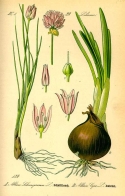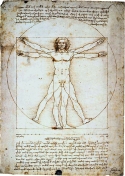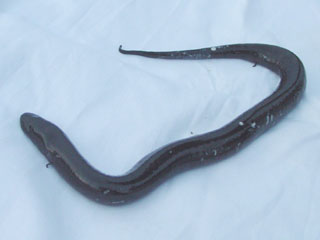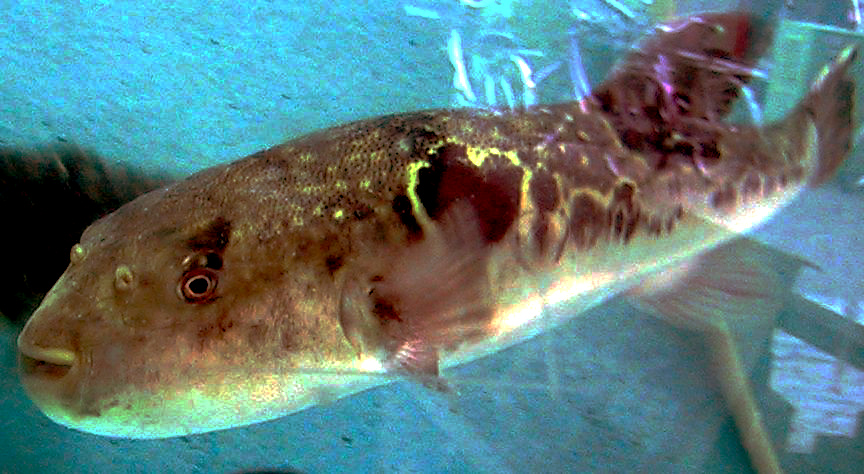One copy of the human genome is more than 3 billion nucleotides in length, and weighs in at about 3.5 picograms (pg, or trillionths of a gram). Only about 1.5% of this is composed of our 20,000 or so protein-coding genes, though other data suggest that at least 5% has been conserved by natural selection, suggesting that a notable portion of the non-coding majority is also functional. On the other hand, it is now apparent that much of the genome residing in our cells is made up of sequences like transposable elements -- "parasites" of the genome that can move about wwithin and be copied independently of the "host" genome -- and especially their extinct remnants. One such element, Alu, is present in more than one million copies. Even if some of these prove to be functional, it is not necessary to invoke function at the organism level to explain the existence of all transposable sequences any more than one needs to identify functions for the host to explain the existence of viruses.
Nevertheless, and though a significant amount is known regarding the constituents of the genome and the mechanisms by which they accumulate, there has long been a tendency to assume that much -- perhaps even most or all -- of the DNA in the genome serves a function. There are two sources of this view: creationism (an intelligent designer would not make something useless) and extreme adaptationism (if it were not functional it would have been removed by natural selection). Proponents of both viewpoints can be seen overstating the importance of new findings regarding function in small portions of the genome -- extrapolating from a discovery that a few percent is conserved or that a particular transposable element serves a function, to arguing that the entire genome is indeed functional.
It is in response to this line of thinking that I usually bring up the onion.  The onion, Allium cepa, is a diploid (2n = 16) plant with a haploid genome
The onion, Allium cepa, is a diploid (2n = 16) plant with a haploid genome size of about 17pg, about five times larger than our own genome. The reason this is relevant is that while it may be that most of the non-coding DNA in the human genome is necessary for gene regulation, chromosome structure, protecting against mutations, or some other function(s), simply assuming that this is the case runs into the immediate problem of explaining why an onion requires so much more regulatory, structural, protective, or otherwise useful non-coding DNA.
size of about 17pg, about five times larger than our own genome. The reason this is relevant is that while it may be that most of the non-coding DNA in the human genome is necessary for gene regulation, chromosome structure, protecting against mutations, or some other function(s), simply assuming that this is the case runs into the immediate problem of explaining why an onion requires so much more regulatory, structural, protective, or otherwise useful non-coding DNA.
I have called this the Onion Test, a term that I am pleased to see has been useful in discussions about junk DNA. For example, it has appeared in interesting articles published in New Scientist (Pearson 2007) and Seed (Myers 2008). As I summarized it,
What's so special (or bad) about onions? Nothing. They were simply chosen because they have considerably more DNA than humans and few people would find it easy to assume that onions require much more DNA than humans do. Moreover, they have close relatives with radically different genome sizes but rather similar biological features (Ricroc et al. 2005).The onion test is a simple reality check for anyone who thinks they have come up with a universal function for non-coding DNA. Whatever your proposed function, ask yourself this question: Can I explain why an onion needs about five times more non-coding DNA for this function than a human?

Left, Allium altyncolicum (7pg); centre, A. cepa (17pg); right, A. ursinum (31.5pg).
Being a little chauvinistic toward our own species, we like to think that man is surely one of the most complicated species on earth and thus needs just about the maximum number of genes. However, the lowly liverwort has 18 times as much DNA as we, and the slimy, dull salamander known as Amphiuma has 26 times our complement of DNA. To further add to the insult, the unicellular Euglena has almost as much DNA as man.
And, going back to the first major survey of genome sizes in animals, Mirsky and Ris (1951) noted that:
Comparing the largest and one of the smallest examples among vertebrates, one finds that a cell of amphiuma, a urodele, contains 70 times as much DNA as is found in a cell of the domestic fowl, a far more highly developed animal. It seems most unlikely that amphiuma contains 70 times as many different genes as does the fowl or that a gene of amphiuma contains 70 times as much DNA as does one in the fowl. To make a somewhat different comparison: a cell of amphiuma contains 170 times as much DNA as does a cell of a relatively closely related animal, the trigger fish, whereas a cell of the latter contains only nine times as much DNA as does a cell of a sponge, which is far removed phylogenetically from any vertebrate.

Amphiuma means, which has around 25 times more DNA than humans.

The search for functional components of the human genome is an important endeavour. However, the results of such research must be taken in context, both in terms of the human genome itself -- namely that evidence for function in one small component is not evidence of function for all -- and in terms of the diversity that exists among species. Even if functions could be attributed to most of the human genome (which requires evidence), this would not answer the question of why onions and salamanders have so much more of it or why a pufferfish can survive just fine with only 1/10 as much.
____
Comings, D. E. (1972). The structure and function of chromatin. Advances in Human Genetics 3: 237-431.
Dawkins, R. (1976). The Selfish Gene. Oxford, Oxford University Press.
Mirsky, A. E. and H. Ris (1951). The desoxyribonucleic acid content of animal cells and its evolutionary significance. Journal of General Physiology 34: 451-462.
Myers, P.Z. (2008). Random acts of evolution. Seed June.
Pearson, A. (2007). Junking the genome. New Scientist 14 July: 42-45.
Ricroc, A., R. Yockteng, S.C. Brown, and S. Nadot. (2005). Evolution of genome size across some cultivated Allium species. Genome 48: 511-520.
If you enjoyed this post, please consider subscribing to the Genomicron feed to receive future posts.






Comments